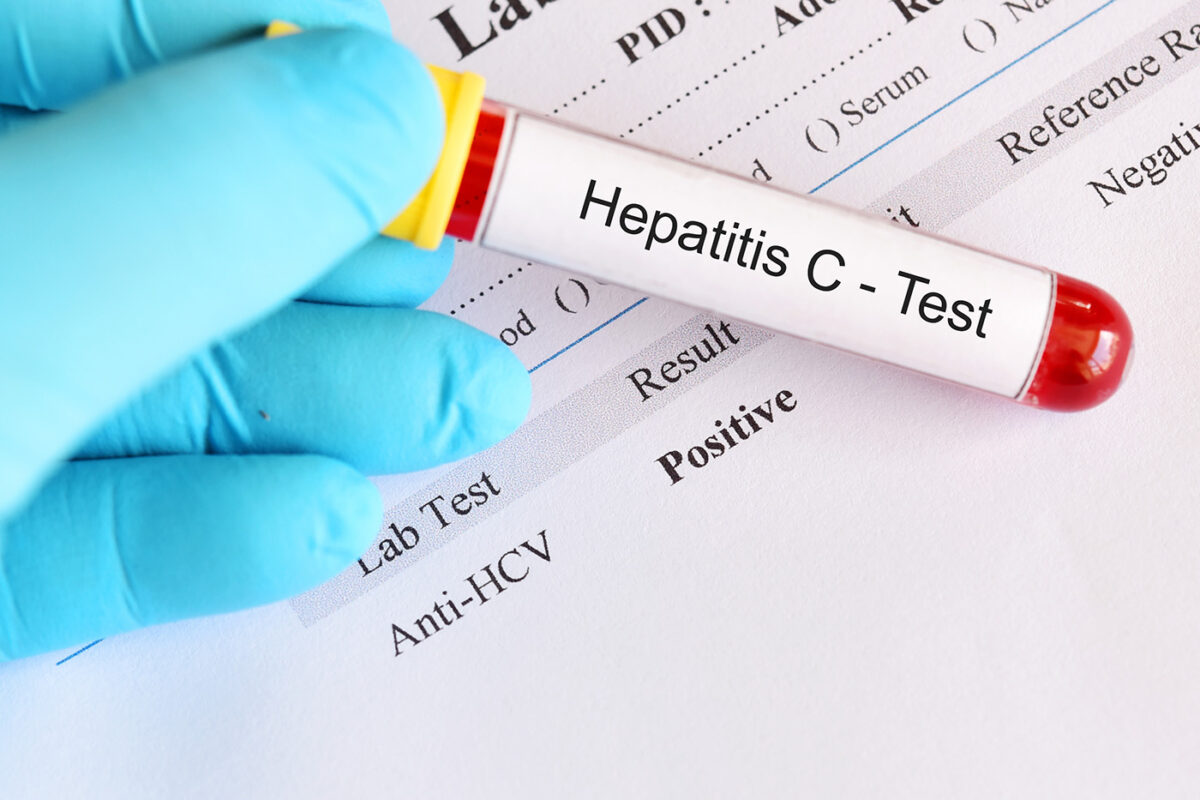
Download Naloxone Prescription in Response to the Opioid Epidemic.
Download Annual Change in Opioid Prescriptions in Arkansas, FY 2017 to 2020.
Download Change in Naloxone Prescriptions in Arkansas, FY 2017 to 2020.
Download Number of Individuals With High-Dose Opioid and Naloxone Co-prescriptions in Arkansas, FY 2017 to 2020.
In response to the opioid epidemic, the Arkansas General Assembly passed Act 651 of 2021, which requires a co-prescription of naloxone in certain situations for a person who does not have an existing prescription. The law was preceded by Act 284 of 2017, which authorized pharmacists to order, dispense, and administer naloxone to individuals without a prescription under a state protocol.
To gain insight into the trends and patterns of naloxone prescriptions in Arkansas, ACHI analyzed naloxone and opioid prescriptions for Medicaid and commercially insured beneficiaries from state fiscal year (FY) 2017 to FY 2020, using data from the Arkansas All-Payer Claims Database, part of the Arkansas Healthcare Transparency Initiative. The results of our analyses are contained in this updated data brief and accompanying infographics.
Key findings:
- Among Medicaid and commercially insured beneficiaries, the number of individuals receiving opioid prescriptions dropped from 379,687 in FY 2017 to 235,351 in FY 2020, a decrease of 38.0%. Over the same period, the number of individuals receiving naloxone prescriptions rose from 81 to 4,073.
- The percentage of individuals who received both naloxone and high-dose opioid prescriptions increased each year, from 0.05% for individuals with opioid prescriptions of 50 or more morphine milligram equivalents (MME) per day and 0.11% for individuals with opioid prescriptions of 90 or more MME per day in FY 2017 to 4.6% and 7.2%, respectively, in FY 2020. However, the percentages continue to be low.
- In FY 2020, one naloxone prescription was dispensed for every 22 individuals with opioid prescriptions of 50 or more MME per day, and one naloxone prescription was dispensed for every 14 individuals with opioid prescriptions of 90 or more MME per day. This is an improvement from 34 individuals and 19 individuals, respectively, per naloxone prescription in FY 2019.
- In FY 2020, pharmacists authorized 2,020 out of 4,448 naloxone prescriptions under state protocol, or 45.4%. This is an increase from 36.0% in FY 2019.






